SabrinaO
TPF Noob!
- Joined
- Sep 26, 2010
- Messages
- 1,315
- Reaction score
- 75
- Can others edit my Photos
- Photos OK to edit
What is the point of the modeling lamp? Is it so we can meter the light? Does the modeling lamp put out the same power as the strobe when it goes off...turning off when the strobe goes off? Please help... i just got my AB today. A little in over my head!



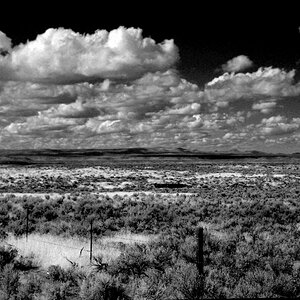
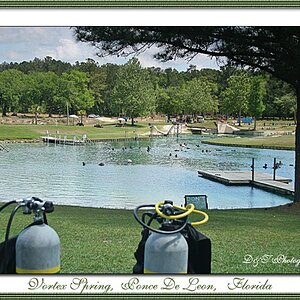


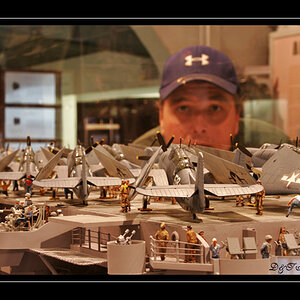
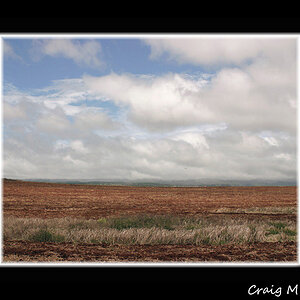

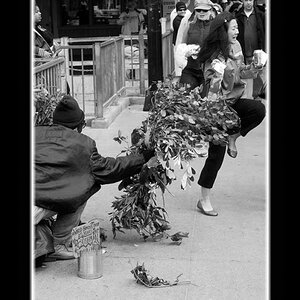
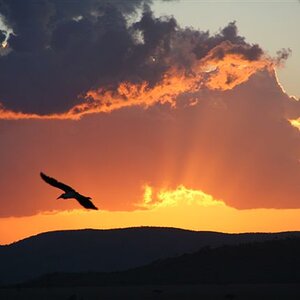
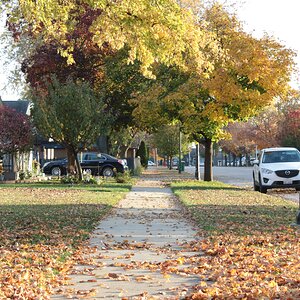
![[No title]](/data/xfmg/thumbnail/31/31742-596f6bbc60b2ba7fed2cd25f5aacf41c.jpg?1619734985)
![[No title]](/data/xfmg/thumbnail/31/31012-f5e0c7cdea2f2c3e44737e3f61c2461a.jpg?1619734567)